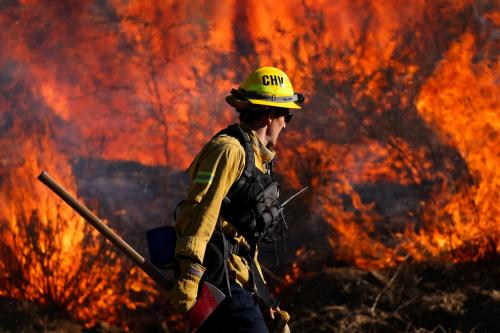In Iraq, the expulsion of people from their homes has long been state policy. Expulsions have been undertaken to punish and subdue recalcitrant populations. To this end, genocidal acts have taken place against the Kurds in the 1980s and against the Marsh Arabs in the 1990s. On other occasions, expulsions have been part of a strategy to secure valuable economic resources, as with the on-going ‘Arabization’ campaign against the Turkmen, Kurds, and Assyrians. Expulsions have also been used to undermine the growth of political opposition as with the Shi’a* in the south, or to forestall a fifth column as with the taba’iyya, those thought to be sympathetic to Iran, at the beginning of the war in 1980. In Iraq, over the last thirty years, there has never been a time when one group or another was not being expelled from their homes.
The tactics used to accomplish the expulsions have included the use of overwhelming force, with the full-fledged deployment of infantry, armor and weapons of mass destruction, backed up by village demolition crews. In cases where the regime wished to retain physical infrastructure and merely change the identity of the inhabitants, more bureaucratic processes were used and continue to be used, such as regulations imposing national or religious restrictions on land ownership, employment, access to health and education, and humanitarian assistance. Carefully planned and executed expulsion operations sometimes occurred virtually overnight, with large numbers of people on the run, with only the clothes on their backs. Another method of expulsion, a slower, albeit surer, one which we will examine more closely below, were large-scale construction projects that radically altered the environment—the draining of the southern marshes is the prime example—in order to accomplish military, political, or even economic goals. Indeed, the expulsion of the Marsh Arabs can be viewed as a form of development-induced displacement—beneath what used to be marshland lie some of the world’s largest untapped oil fields.
Many commentators, Iraqi and others, view the problems of the internally displaced through a national or religious lens. The categories that emerge are Kurdish, Turkmen, Assyrian, Shi’i,* etc.
However, we hope to demonstrate that, in order to understand the reasons for the displacement of people, as well as the preconditions necessary for their return, one needs to move beyond pointing to centuries of ethnic or religious conflict and hatred. In Iraq, as in most situations where such rationales for conflict are proffered, even a rudimentary look shows that different ethnicities and religions have lived side by side for long periods of time without violent conflict. Peaceful, or at least non-violent, coexistence has been the norm more than some form of primordial and unending blood feud. Ethnicity (Arab versus Kurd, Kurd versus Turkmen) and religion (Sunni versus Shi’a) are clear forces in Iraqi society and politics, and repression based on ethnic and religious grounds certainly occurs. However, we contend that it is not so much hatred of ‘the other’ that has driven the brutal repression of the past few decades as much as the regime’s political and economic calculations. Opposite these calculations stand those of the Kurds, the Turkmen, the Shi’a and other groups, and the ambitions of their leaders. The resulting struggles for power form the backdrop to past expulsions, and it is within the constraints of future struggles for power that any resolution of the problems of the internally displaced will have to take place.


